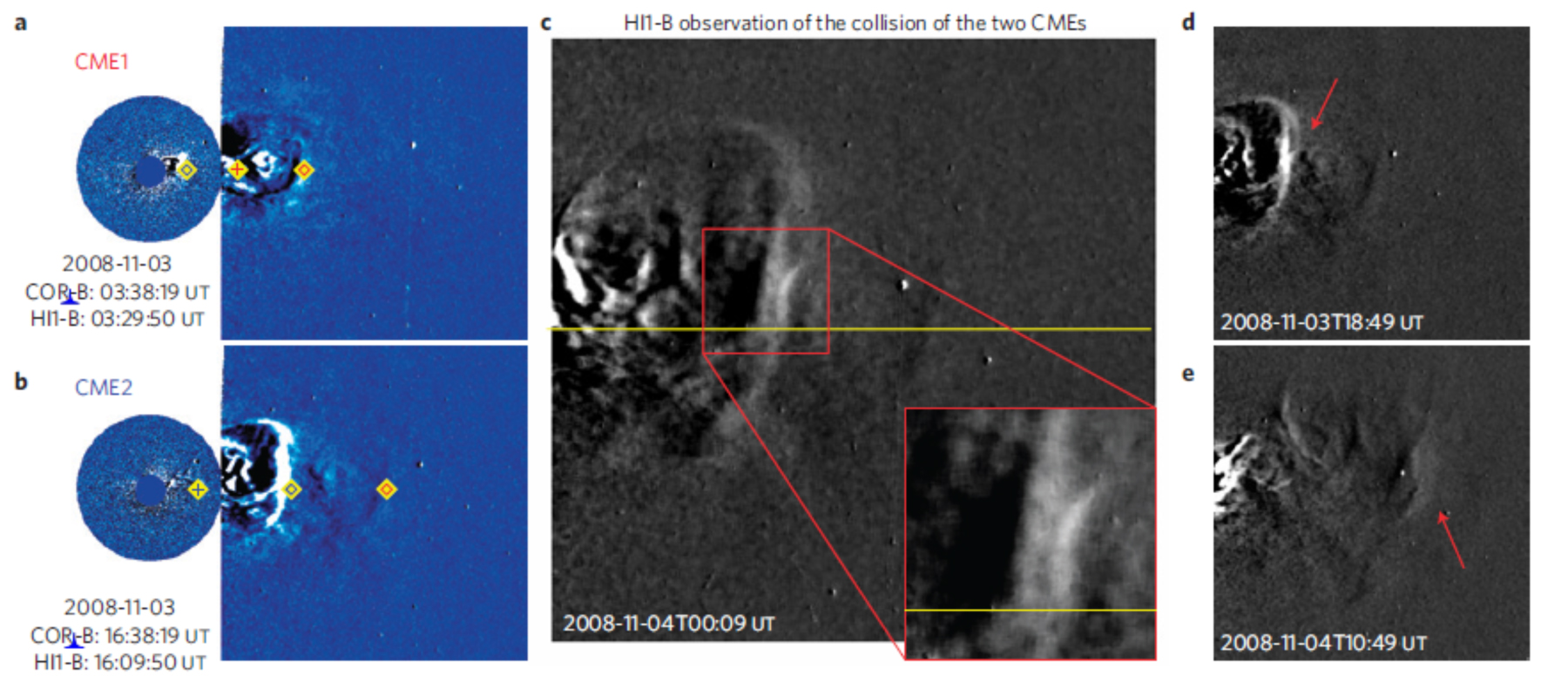
NRL's SECCHI captures super-elastic collision of coronal mass ejections
4.8 (506) In stock

4.8 (506) In stock
()—Scientists at the Naval Research Laboratory and the University of Science and Technology in Hefei, China have captured the super-elastic collision of two coronal mass ejections in the heliosphere. They recorded the surprising event, which occurred in November 2008, using the Space Science Division (SSD)-led Sun-Earth Connection Coronal and Heliospheric Investigation (SECCHI) suite onboard NASA
()—Scientists at the Naval Research Laboratory and the University of Science and Technology in Hefei, China have captured the super-elastic collision of two coronal mass ejections in the heliosphere. They recorded the surprising event, which occurred in November 2008, using the Space Science Division (SSD)-led Sun-Earth Connection Coronal and Heliospheric Investigation (SECCHI) suite onboard NASA's twin Solar Terrestrial Relations Observatory (STEREO). NRL Space Science Division's Dr. Angelos Vourlidas, the SECCHI project scientist and co-author of this study, reported this research in the journal Nature Physics on October 7, 2012. The research contributes to improving scientists' ability to understand and forecast Sun-Earth System space weather that can affect military and civilian space and communication systems.
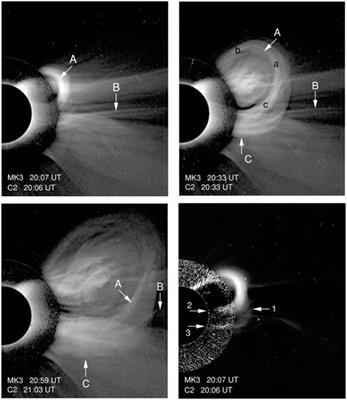
Frontiers The evolution of our understanding of coronal mass

Super-elastic collision of large-scale magnetized plasmoids in the

Two Earth‐directed coronal mass ejections (CMEs) observed by
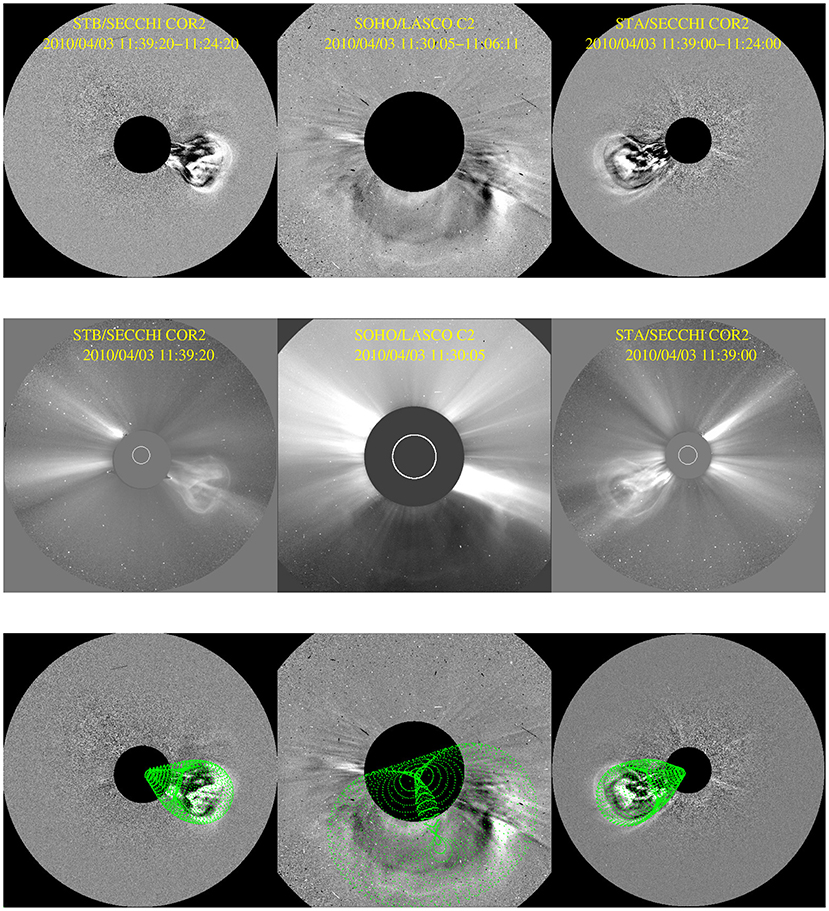
Frontiers Probing the Thermodynamic State of a Coronal Mass

Multiple regions of shock-accelerated particles during a solar

PDF) Differences and coincidences of subduction resistivity images

Coronal Mass Ejections

Left: This LASCO C2 image shows a very large CME blasting off into

Recent progress on understanding coronal mass ejection/flare onset
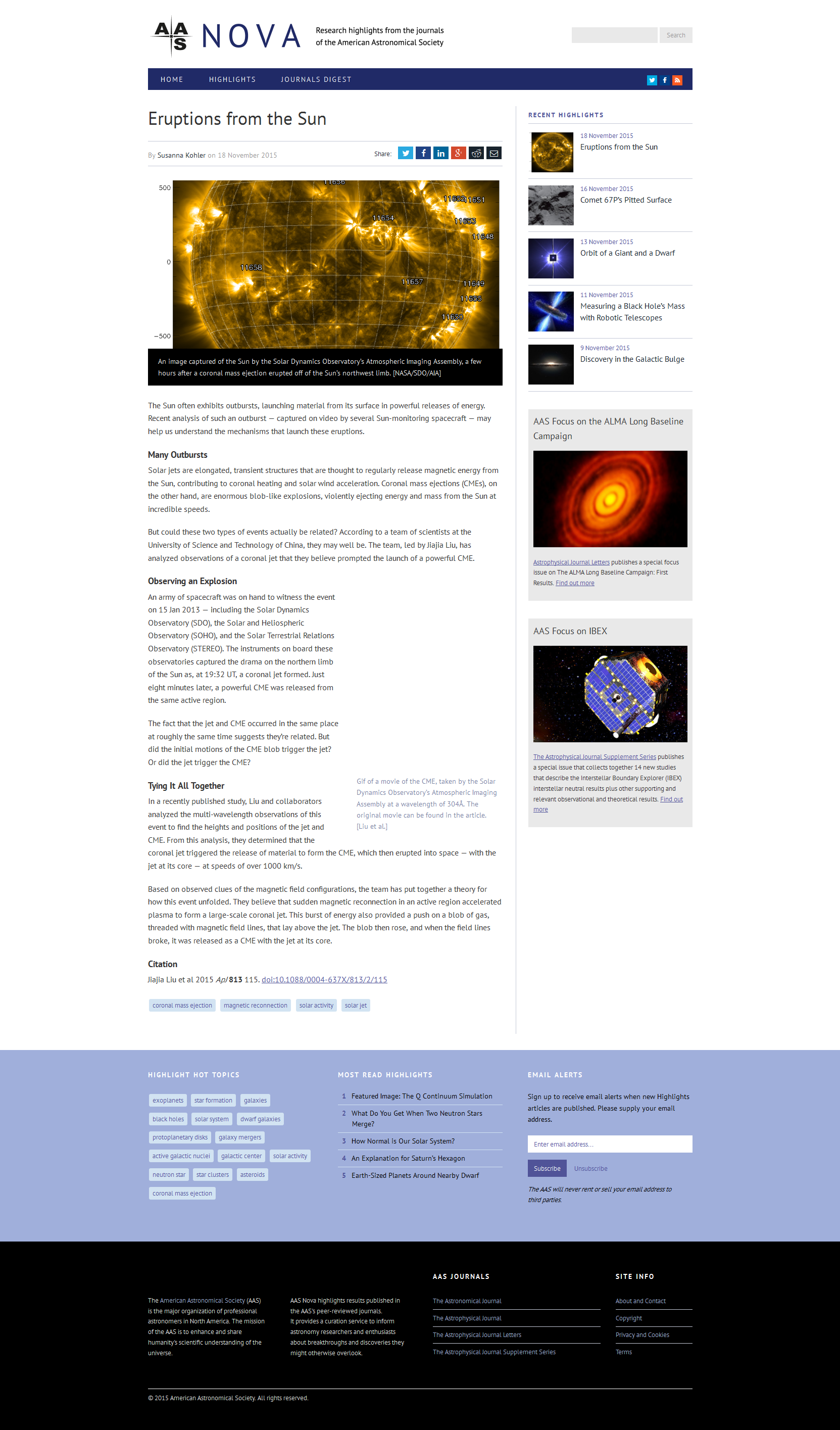
Welcome to Space Physics Division of USTC
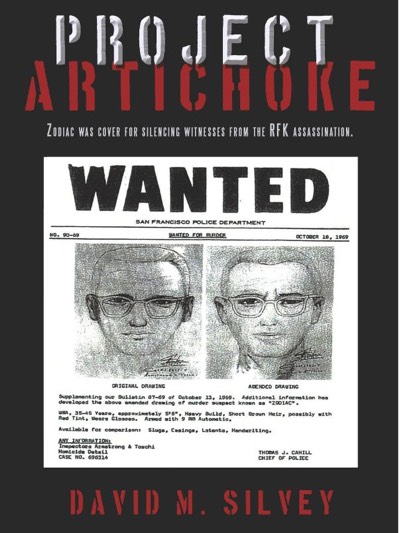
🌺 Lifestyle 🌺 ⚛ ⚛ ⚛ Leuren Moret: Global Nuclear Coverup

Prediction of Solar Wind Speed at 1 AU Using an Artificial Neural

Current Status of MHD Simulations for Space Weather

Source region identification and geophysical effects of stealth